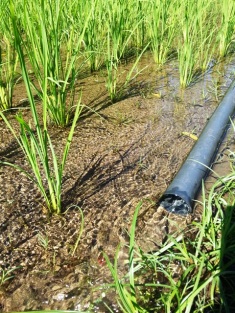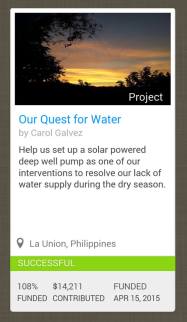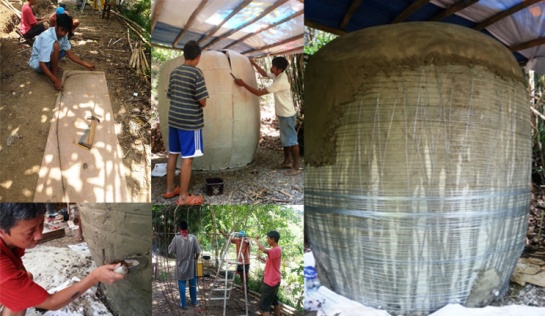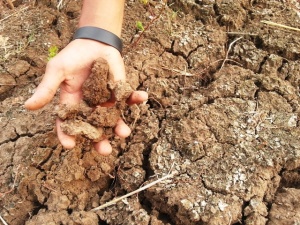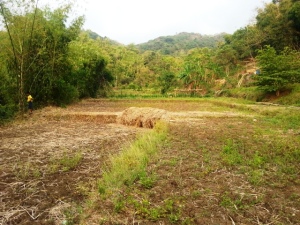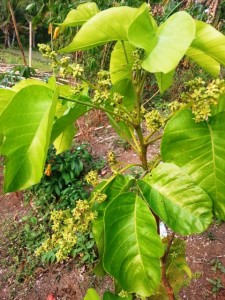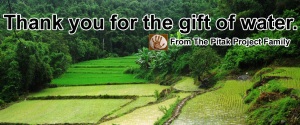
“Many small people, in small places, doing small things can change the world.”
– Eduardo Galeano (1940-2015)
Thank you very much for the gift of water. We are grateful to everyone who helped and supported us in “Our Quest for Water” crowd funding campaign. We are overwhelmed with the love that we received these past few weeks. Because of this we’ll have that water from the sun.
We extend our utmost gratitude to all those who pledged and contributed (individual and group pledges):
Matthew Orchover, Robert Apostol, Richard Guyguyon Gadit, Cecile Tagle Narcelles, Thoma Hawke, Mae Espejo, Marian Catedral-King, Edna Kidd, Francisco S. Yabut, Bob Voermans, Andrew Millison, Paul Baens, Dominic Tombo, Julia Bernath and Bianca Miglioretto, Claire Padilla Carreon, Lorenzo Giglioli, Cris Brigoli, Sylvia Valdez Sabado, Roda Novenario, Norma Timbang, Liza Sison, Kathleen Maltzahn, Dana Maureen Collins, Bong Ramilo, Pam Quintos-Ariniello, Christian Oliver Francisco, Melynn Mandapat-Pinto and Saro Pinto, Gerry Atkinson, Mike Olado, Barbara Bowen, Chen Mencias, Esther and Joey Pinsay, Issa Isaac, Iona Lacson-Dy, Ulrike Braun, Shirley Ewangan Baquiran, Joanne Alcantara and Boo Torres, Amihan Abueva, Jean Ortiz, Sarah delos Santos, Richard Perkins, Kendi Escandor, Yves Gruber, Kooyah Miggy, Paolo Morga, Kathy Acamine, Ruben Cauton, Bebs Navarro, Kristof Nordin, Ferdie Balanag, Raymond Cruz, Azelea Ann, Ermelyn Bungcayao Pedrajas, Ruby Recta, Patricia Mencias, Sandy Mabery, Rosa Laroya, Valentin R. Francisco, Riza Tan, Carmel Anne, Grace Torio, Joan Carling, Aliza Tuttle, Red Nina Ledesma, Edith Alikpala, Wilma and Pele Yu, Chat Garcia, Flordeliz Guarin, Dmitri Podaras, Susan V. Tagle and Rina Rosales, Leklel, Fats Lucero, Maria Corazon L. Bouchebl, Simon dela Cruz Tienzo, Beth Bitoon, Liza Castro, Ab Juaner, Gladys Lee, Rachel Malone, Leslie Goit, Ana Tres Montesa, Josephine Heidi Samson-del Rosario, Vivian Aquino, Mau Elma, Joanna Patricia Kintanar Cariño and family, Miggy Miyagi, Valerie Francisco, Honeylane Ante, Krystina PS, Shoda Ladero, Jane Olaes, Lara Barrios, Elaine Scoufaras, Rav Kang, Pinky Lim, Mylene Reinicke, Rocel Felix, Carmela Gollogley, Jo-an and Mike Morallos, Shiela and Efren Soliman, Cecilia Soto, Pau Manlangit, Minnie Caday, MB Tenefrancia, Joy Eugenio Chow, Eric Espiritu, Lingling Claver, Villar Foundation, Egay de Guzman and friends, Emily Liza Antal, Bing Romero, Wilma Cornejo, Mary Ann Jimenez-Peñaloza, Jarmila Cruz and Tatay Bar, Neon Rosell, Miriam Merlin, Kika Longid, Arel and Racquel Salinas, Grace Manuel, DoMaps, Rico Reyes, Nonette Ugalde, Raymond Rovillos, Yvonne Soriano, Raul Anthony Deborah Florendo-Acantilado, Ofelia Victoria Castillo Luis, Stefan Jonsson, Nikolai Buncio, Manny Palo, Bernice See, and to the anonymous donors.
We are especially grateful to the members of FilGuys, an organization of Filipino migrant workers in Hong Kong for their support to this campaign. They did their own fund raising campaign and pledged the amount they raised as a group pledge: Marrz, Irene, Annie, Gina, Eliza, Mhel, Spykez, Marites, Piolo, Janno, Gemma, Ed, Marites, Marife, Bobot, Marivic, Richel, Alex, Analiza, Emar, Emil and friends, Mag Mak, Mary, Lea, Myrna, Torpedo, Iza, Weng, Ester, Ginaly, Maricor, Melanie, Kyle, Pia, Lordgen, Len, Abby, Christian, Coco, Deborah, Azel, Lyn, Nicole, Bea, Marivic, Michelle, Rosa, Richard, and Junel’s Bar and Restaurant.
We extend our thanks to our relentless, determined, persistent and creative tribe of campaigners. Maraming maraming salamat Cha, Edna, Brigs, Santi, and Manang Ber.
Thank you to our good friend and award-winning TV and movie actress Angel Aquino, for taking a break from her busy schedule to make a short video endorsement for our campaign. You can watch it here.
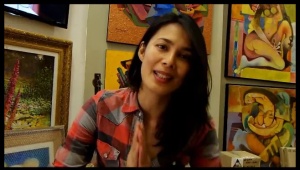
Thank you Angel.
Thank you to Roda Novenario, Cris Arzadon, Nami Parocha-Dilim and Mc Jonsson who blogged and wrote about the campaign. You can read their articles and blogs here:
Pitak Project: quest for water
Ecofarm launches online drive to raise water funds
La Union’s ecofarm seeks aid for renewable water source
An eco-campaign: water fo Pitak Project
Special thanks to the World Organic News and Funding Another World for featuring us in their sites.
We are grateful for the worldwide permaculture community from Australia, Luxembourg, Belgium, Sweden, Switzerland, Greece, Canada, USA, Latin America among others for their support and for endorsing us and helping us reach out to other permies and their followers.
Thank you to Christian Shearer and the people behind the “We the Trees” crowd funding platform for guiding, assisting and supporting us throughout the campaign.
We are thankful to our friends, relatives and those we don’t personally know who took time and effort in helping us reach a wider crowd by sharing the link in their social media accounts and by emailing potential donors. We also gained a lot of new friends and supporters from all over the world because of this.
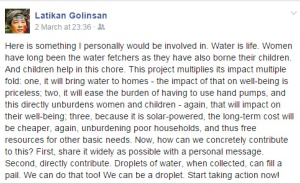
We wouldn’t have made it without all your support. You’re all droplets of water that helped fill the bucket. Words cannot describe how we feel right now. We owe it to you, the crowd in making this quest for water campaign successful.
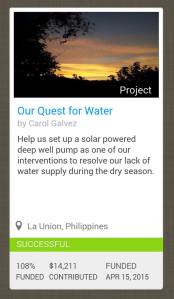
Giving up was not an option for us. We conditioned our minds in being positive since the beginning, that we could do it. But to tell you honestly, we had lots of emotional ups and downs during the 45-day campaign. It was a roller coaster ride of emotions, not to mention the trips to the toilet, the blank stares, and the small talks with the dogs. We doubted reaching the goal every now and then. But when we received messages like “You can do it,” “Thank you for the inspiration,” “Thank you for letting us be part of this worthy endeavour,” and “There’s hope for humanity,” we just went back to being positive again. It was like we had a cheering squad behind us.
What we realized during this campaign is that people still care and are hungry for change. And that we can do small things in our own little ways, wherever we are, whatever we have, whenever we can, for the future we want to have. We just need to make a radical shift on the way we think and act. And it feels good that we get to inspire people. There’s still hope for this planet. Collective action can change the world.
Again, MARAMING SALAMAT! THANK YOU! #
(NOTE: We’ll keep you posted on the status of the project.)






























































































































































